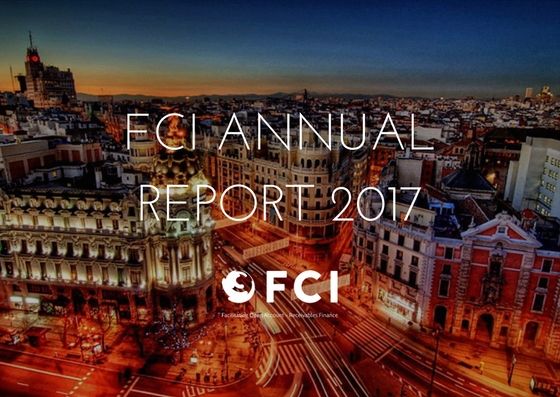
FCI Annual Report 2017
Introduction
FCI is the Global Representative Body for factoring and Financing of Open Account Domestic and International Trade Receivables. With close to 400 member companies in approximately 90 countries, FCI offers a unique network for cooperation in cross-border factoring. FCI’s Mission Statement: “Receivables Finance is the core focus of the association and includes Factoring, Invoice Discounting, and other Supply Chain Finance solutions.” As the industry develops, FCI believes that the standardization of trade receivable regulations across the globe will expedite its growth and ease cross-border trade. The FCI Annual Report 2017 studies the trends in global factoring industry in 2016 and early 2017.
Factoring in Asia
According to the FCI Annual Report, in 2016, the world total volume of factoring came out at €2.4 billion, with Europe accounting for 67.05% of the total volume. The Middle East comes in the last place at a distant 0.32% of the total world volume. Factoring in Asia is the second largest factoring region in the world, accounting for 22% of the world factoring volume.
The FCI Annual Report states that China dominates the Asian factoring market, with 58% of the total factoring volume in the region. It is followed by Japan (10%), Taiwan (9%), Hong Kong (8%), Singapore (8%), Korea (3%) and others (4%). However, many emerging countries such as Malaysia, Indonesia, Vietnam, and India are expected to fuel the exponential growth of factoring in Asia in the coming years. Singapore has a factoring turnover of around €4 billion in 2016 from 9 different companies. Although China’s economy is not growing as much as it used to, the entry of new economies into the Asian factoring market will offset the decrease caused by China.
Money supply and liquidity appear to be increasing. The global M1 measurement is currently rising at a rate of around 10% p.a., the fastest since the introduction of the stimulus packages following the Great Recession of 2007. Such a rapid rate of growth in the money supply is generally expected to lead to inflation. However, that is not the case as most interest rates remain low. What does this mean for the factoring industry? Historically, factoring has been perceived as countercyclical, performing well during economic downturns. According to the FCI Annual Report, recent analysis of global markets indicates that factoring is positively correlated with economic growth. Additionally, it even demonstrates high beta coefficient. For example, when there are increases in economic growth rates, the growth rate of factoring increases as well. From the FCI Annual Report, this is also evident during decreases in economic growth rates, with the growth rate of factoring also decreasing.
Conclusion
John Brehcist, the FCI director, asserts that accurate economic forecasting is extremely difficult to come by, especially considering the ever-shifting events in today’s modern economy. From the FCI Annual Report, it’s clear that factoring growth is associated with GDP and trade growth; the challenge and opportunity for FCI are to help develop the opportunity through enhancing capability and capacity. The FCI pillar roles of Connect, Educate, and Influence is key to achieving this goal.
References
FCI (2017). FCI Annual Review 2017, link
Related Articles

Singapore Businesses Remain Positive Outlook for 2024

Unveiling the Atradius Payment Barometer 2023: Downbeat Exports Outlook Poses Challenge for B2B Trading on Credit


